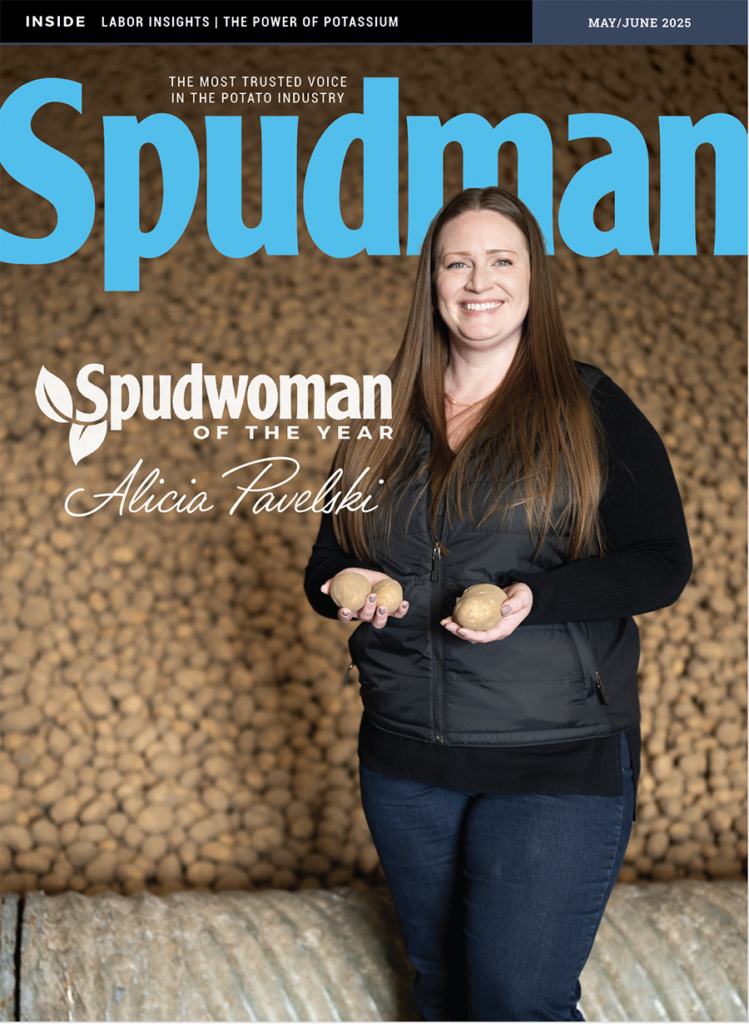Aug 26, 2022Drain tiles manage excess water in fields
There are few tools that farmers can use to expand marketing windows, to get a slight jump-start on supplying fresh fruit and vegetables to restaurants, farmers markets and retailers eager to feature locally grown food.
Major research funding goes to develop early- or late-season varieties to add a few days to the availability of fresh produce, but farmers can make improvements on their own land that could allow tractors in fields earlier in the spring: drain tiles. A recent Sustainable, Secure Food blog discussed the process of installing drain tiles.
Drain tiles are pipes buried in the ground at a shallow depth, to remove excess water from saturated soils. Modern drain “tiles” are actually perforated plastic drain tubes typically placed at a depth of 3 to 4 feet in an agricultural field. Drain tiles allow farmers to plant earlier in the spring by helping to drain soil of water from snowmelt and spring rains.
Drain tiles are installed using a trenching machine, which lays the drain tube at a precise depth and slope across the field. The name “tile” comes from the centuries of use of short (6 to 12 inches) pieces of pipe made from clay. They were installed end-to-end in a hand-dug trench.
Drain tiles work when the soil is saturated above the depth of the drain tiles. Water flows into the perforations (slits or holes) in the plastic tube, or into the cracks between adjacent clay tiles. Once in the pipes, gravity causes a flow down the slope and into a ditch or stream. In this way, drain tiles are lowering the shallow water table during those times of year when the soil is very wet.
Without drain tiles, some of the most productive soils in the Midwest and other parts of the world would not produce the high crop yields that they do. These productive soils are naturally poorly drained. This means they have a shallow water table for significant portions of the year.
Excess water in late spring and early summer causes several different challenges for crop production. Farmers can’t drive their equipment on saturated soils – it’s bad for both the equipment and soil. Thus, they cannot plant the crops as early as optimum. Even after the crop is planted, the wet soils inhibit crop root development. This often will kill the plant due to lack of oxygen for the roots. These conditions lead to not only a loss of the crop, but also a loss of any fertilizer or other inputs the farmer had applied to the crop.
By having drain tiles in the field, the farmer is more assured that the crop can be planted on a timely basis and will grow well and use the inputs the farmer applies. This provides better economics to the farmer and consumer, and better environmental protection from the efficient use of inputs applied to the field.
Standard tile drainage, or subsurface drainage, will have water flowing in the drains whenever the water table is above the depth of the drains. The drains are often installed in a regular pattern in a field, such as a parallel pattern of drains spaced 50 to 100 feet apart, depending on the soil. The smaller drains lead to a collector or “main drain” which then exits into a ditch or stream. The outlets of these main drains are often visible as pipes protruding into an agricultural ditch.
Some newer technologies that can be used in some situations, such as control boxes near the end of the main drain. This allows farmers to modify the flow at times of the year when excess water doesn’t cause a problem, such as winter and very early spring. These technologies are part of the continuing evolution of drainage systems, to provide the drainage needed for crop production while balancing the need for downstream water protection.
Other systems are rerouting some water from drain tile outlets into woodchip bioreactors. These are large pits at the edge of farmers’ field filled with – woodchips. The woodchips remove excess nitrogen, and the water that leaves them is routed to the ditch or stream. Learn about other “edge of field” technologies on the Clean Water Act 50th anniversary pages.
The Sustainable, Secure Food blog is sponsored and written by members of the American Society of Agronomy and Crop Science Society of America. The members are researchers and trained, certified professionals in the areas of growing our world’s food supply while protecting our environment.
—Eileen J. Kladivko, professor of agronomy, Purdue University














